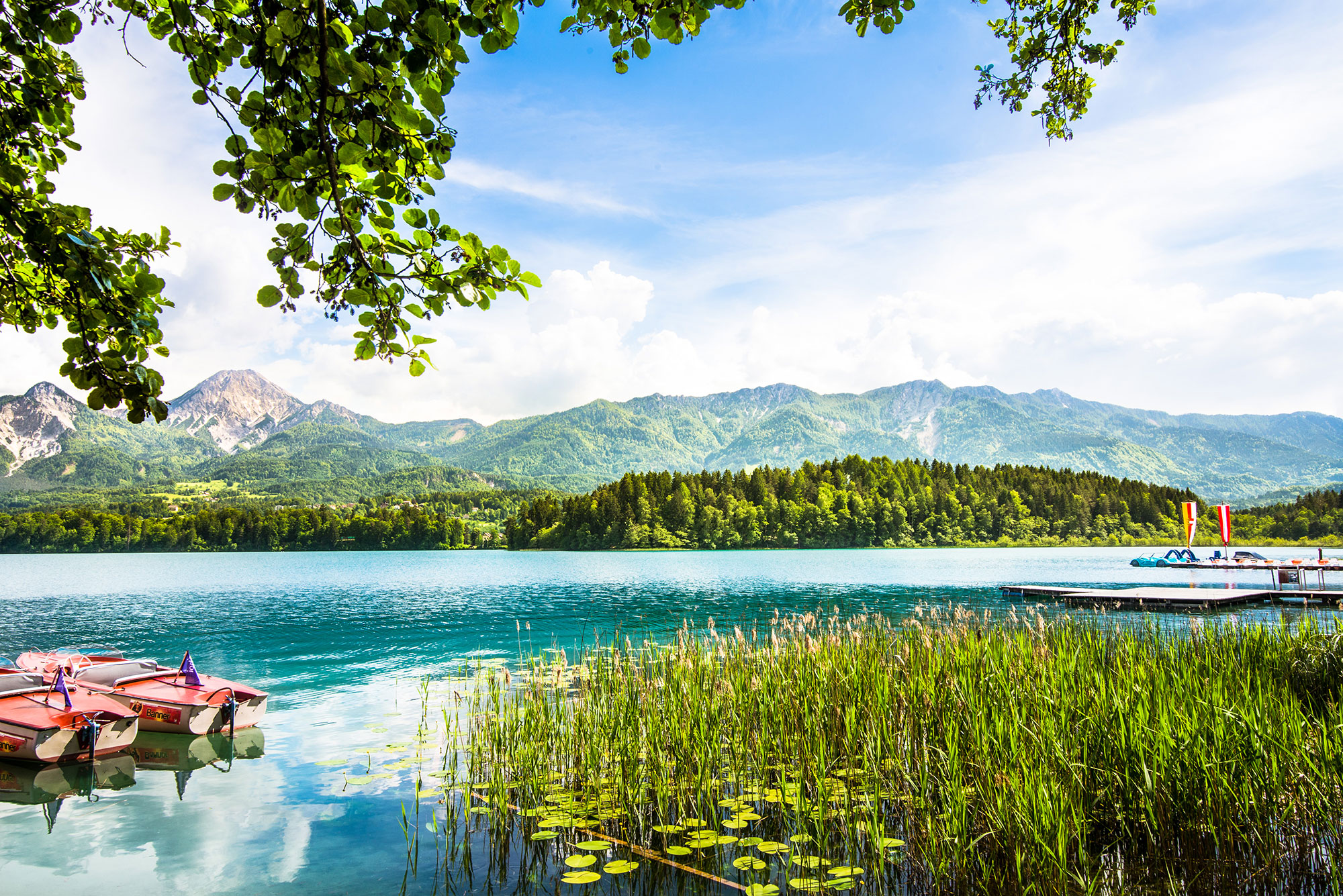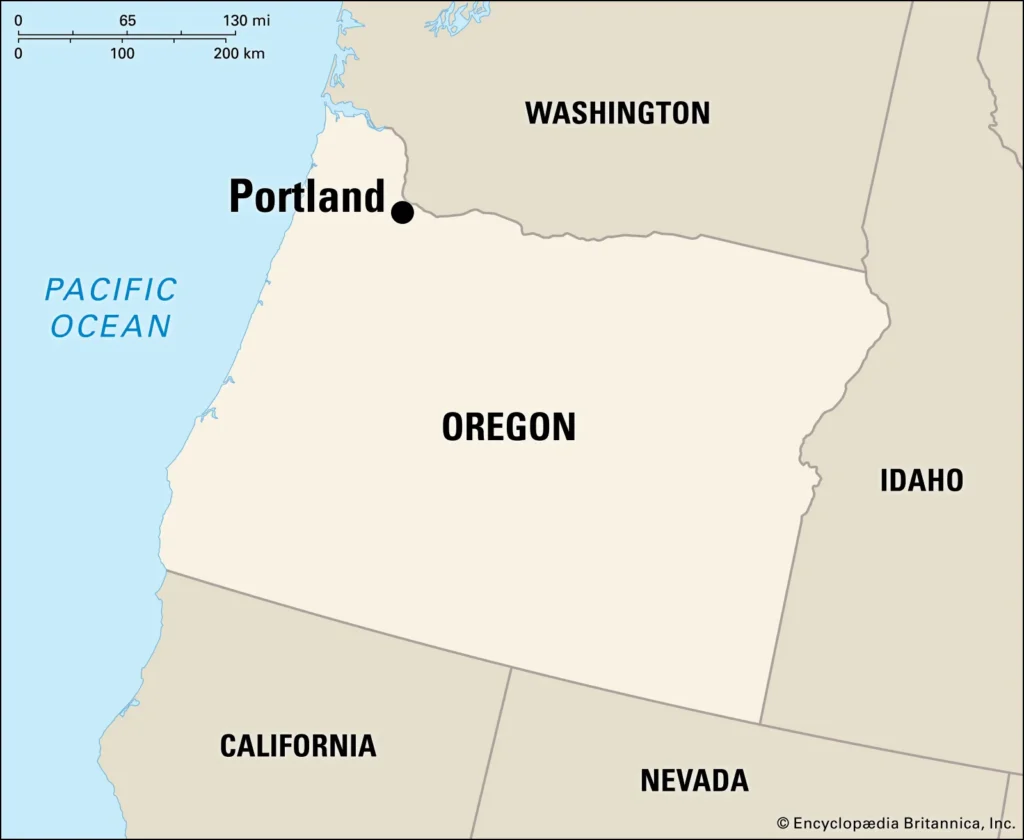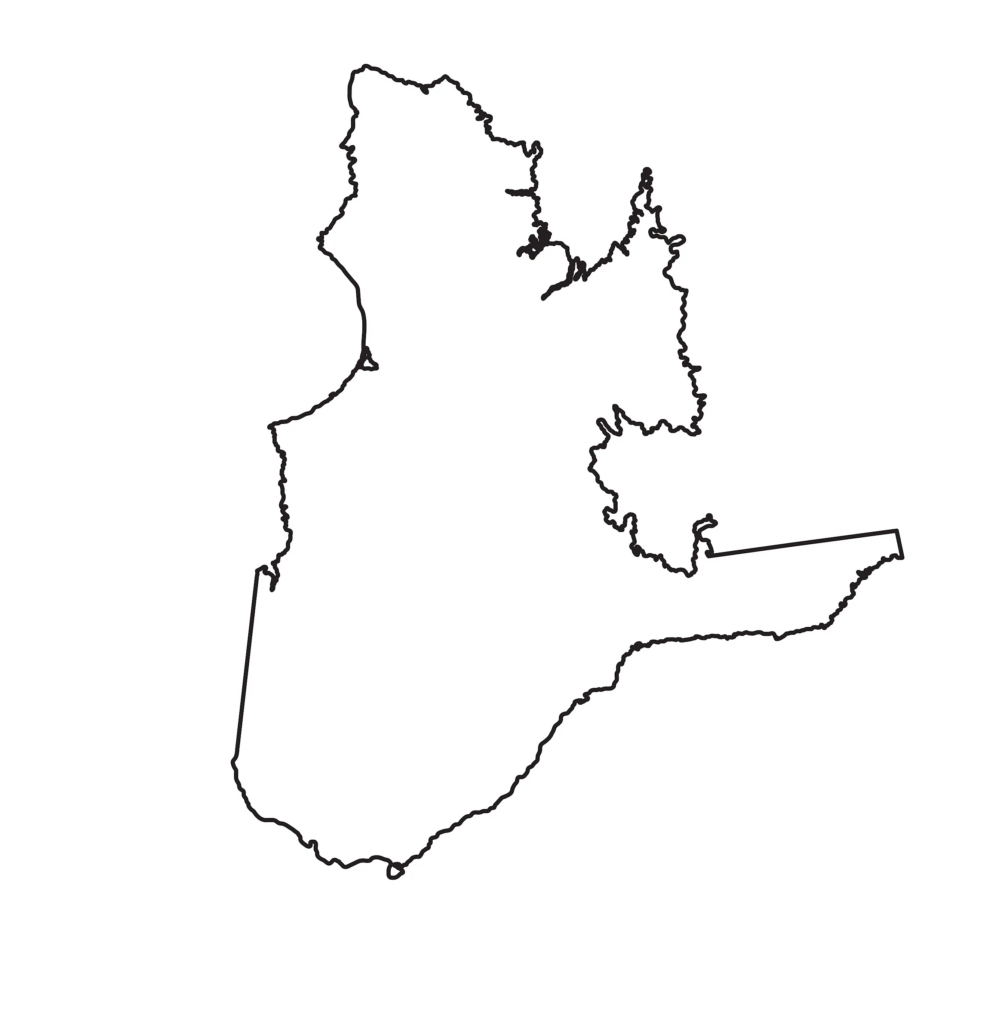Introduction
Austria, a landlocked country in Central Europe, is known for its rich history, cultural heritage, and stunning landscapes. This guide provides a comprehensive overview of Austria, covering its geographical features, political divisions, history, economy, and cultural highlights. Detailed maps will also be included to enhance your understanding of Austria’s geography and regional distinctions.
Geographical Overview
Location and Borders
Austria is situated in the heart of Europe, sharing its borders with eight countries: Germany to the northwest, the Czech Republic to the north, Slovakia to the northeast, Hungary to the east, Slovenia and Italy to the south, and Switzerland and Liechtenstein to the west. The country’s central location has made it a significant hub for cultural and economic exchanges throughout history.
Topography
Austria is characterized by its diverse topography, which includes the Eastern Alps, the Danube River, and the Pannonian Basin. Approximately 60% of Austria’s territory is covered by the Alps, making it one of the most mountainous countries in Europe. The highest peak in Austria is the Grossglockner, which stands at 3,798 meters (12,461 feet).
Climate
Austria experiences a temperate climate, with distinct seasonal variations. The western and northern parts of the country have an Atlantic climate, characterized by mild summers and cold winters. The eastern part experiences a more continental climate, with hot summers and cold winters. The alpine region has a mountain climate, with colder temperatures and significant snowfall during winter.
Major Rivers and Lakes
The Danube River, Europe’s second-longest river, flows through northern Austria and serves as a vital waterway for commerce and transportation. Other significant rivers include the Inn, the Mur, and the Drava. Austria also has several beautiful lakes, such as Lake Neusiedl, Lake Wolfgang, and Lake Hallstatt, which are popular destinations for both locals and tourists.
Political and Administrative Divisions
Federal States
Austria is a federal republic composed of nine federal states (Bundesländer). Each state has its own government and administrative responsibilities. The federal states are:
- Burgenland: Known for its wine production and the Neusiedler See, a large steppe lake.
- Carinthia: Famous for its lakes and mountains, including Lake Wörthersee.
- Lower Austria: Surrounds Vienna and is known for its vineyards and historical sites.
- Upper Austria: An industrial and economic hub with scenic landscapes.
- Salzburg: Renowned for its baroque architecture and the birthplace of Mozart.
- Styria: Known for its forests, wine regions, and the Styrian Alps.
- Tyrol: A popular destination for skiing and mountaineering.
- Vorarlberg: Austria’s westernmost state, known for its alpine scenery and cultural festivals.
- Vienna: The capital city and a cultural and political center of Austria.
- Capital City: Vienna
Vienna, the capital of Austria, is a city with a rich cultural and historical heritage. It is home to numerous museums, theaters, and architectural landmarks, including the Hofburg Palace, Schönbrunn Palace, and St. Stephen’s Cathedral. Vienna is also known for its vibrant music scene, having been the residence of famous composers like Mozart, Beethoven, and Strauss.
Historical Background
Early History
The history of Austria dates back to prehistoric times, with evidence of human settlements in the region during the Paleolithic era. The area was later inhabited by Celtic tribes before becoming part of the Roman Empire in the 1st century BC.
Middle Ages
In the early Middle Ages, the region that is now Austria was part of the Carolingian Empire. The Babenberg dynasty established control over the area in the 10th century, laying the foundation for the later development of the Duchy of Austria.
Habsburg Monarchy
The Habsburgs, one of the most influential dynasties in European history, began their rule in Austria in the late 13th century. Under Habsburg rule, Austria became a dominant power in Central Europe, and Vienna emerged as a cultural and political center. The Habsburg Empire expanded through marriage and diplomacy, eventually becoming the Austro-Hungarian Empire in 1867.
20th Century and Modern History
The Austro-Hungarian Empire dissolved at the end of World War I, leading to the establishment of the Republic of Austria in 1918. Austria was annexed by Nazi Germany in 1938 but regained its independence after World War II. In 1955, Austria declared its permanent neutrality, a status it maintains to this day. Austria joined the European Union in 1995, further integrating into the European community.
Economy
Overview
Austria has a highly developed social market economy, characterized by a mix of private enterprise and strong governmental regulation. The country boasts a high standard of living and is known for its well-functioning welfare state.
Key Industries
- Tourism: Austria is a top tourist destination, attracting visitors with its alpine landscapes, historical cities, and cultural events.
- Manufacturing: The country has a strong industrial sector, producing machinery, vehicles, and metal products.
- Agriculture: While agriculture accounts for a small portion of the GDP, Austria is known for its high-quality wine, dairy products, and organic farming.
- Services: The service sector, including banking, insurance, and trade, plays a significant role in the Austrian economy.
Trade and Exports
Austria’s main trading partners are Germany, Italy, the United States, and Switzerland. The country exports machinery, vehicles, chemicals, and food products, while importing raw materials, energy, and consumer goods.
Culture and Heritage
Music and Arts
Austria has a rich musical heritage, being the birthplace of renowned composers such as Wolfgang Amadeus Mozart, Ludwig van Beethoven, and Johann Strauss. Vienna’s State Opera House and Musikverein are world-famous venues for classical music. The country also has a vibrant contemporary art scene, with numerous galleries and cultural institutions.
Literature and Philosophy
Austrian literature has produced significant writers like Franz Kafka, Stefan Zweig, and Ingeborg Bachmann. The country is also known for its contributions to philosophy, with figures like Ludwig Wittgenstein and Karl Popper.
Cuisine
Austrian cuisine is hearty and diverse, influenced by its Central European neighbors. Popular dishes include Wiener Schnitzel, Tafelspitz, and Apfelstrudel. Austria is also famous for its coffeehouse culture and pastries like Sachertorte.
Festivals and Traditions
Austria hosts numerous festivals throughout the year, celebrating music, film, and local traditions. The Salzburg Festival, Vienna Film Festival, and Christmas markets are some of the most notable events. Traditional clothing, such as Dirndls and Lederhosen, is often worn during these celebrations.
Fun and Interesting Facts
- First Postcard: The world’s first postcard was sent in Austria in 1869.
- Highest Waterfall: Krimml Waterfalls, located in Austria, is the highest waterfall in Europe.
- Home of the Lipizzaner Stallions: The famous Spanish Riding School in Vienna has been training Lipizzaner horses for over 450 years.
- Oldest Zoo: Vienna’s Schönbrunn Zoo, founded in 1752, is the oldest zoo in the world still in operation.
- Red Bull: The popular energy drink Red Bull was created by an Austrian entrepreneur, Dietrich Mateschitz.
Commonly Asked Questions
What is the capital of Austria?
The capital of Austria is Vienna.
What language is spoken in Austria?
The official language of Austria is German.
What currency is used in Austria?
Austria uses the Euro (EUR) as its currency.
What are the main tourist attractions in Austria?
Main tourist attractions include Vienna’s historic center, the Schönbrunn Palace, the alpine region of Tyrol, the city of Salzburg, and the Danube Valley.
Is Austria a member of the European Union?
Yes, Austria has been a member of the European Union since 1995.
What is the highest mountain in Austria?
The highest mountain in Austria is the Grossglockner, which stands at 3,798 meters (12,461 feet).
What is Austria famous for?
Austria is famous for its classical music heritage, alpine landscapes, historic architecture, and cultural festivals.
How many federal states does Austria have?
Austria is divided into nine federal states (Bundesländer).
What are some traditional Austrian dishes?
Traditional Austrian dishes include Wiener Schnitzel, Tafelspitz, Apfelstrudel, and Sachertorte.
What is the significance of the Danube River in Austria?
The Danube River is a major waterway in Austria, important for transportation, commerce, and tourism. It also flows through several key cities, including Vienna and Linz.
Conclusion
Austria is a country rich in history, culture, and natural beauty. From its alpine landscapes and historic cities to its vibrant arts scene and culinary delights, Austria offers a unique blend of old-world charm and modern sophistication. Whether you’re exploring the cultural heritage of Vienna, skiing in the Tyrolean Alps, or enjoying a classical music concert, Austria has something to offer every traveler.
- Is The Dominican Republic A US Territory? - September 7, 2024
- Highest Flying Birds - September 5, 2024
- Countries That Start With The Letter Z - September 4, 2024





